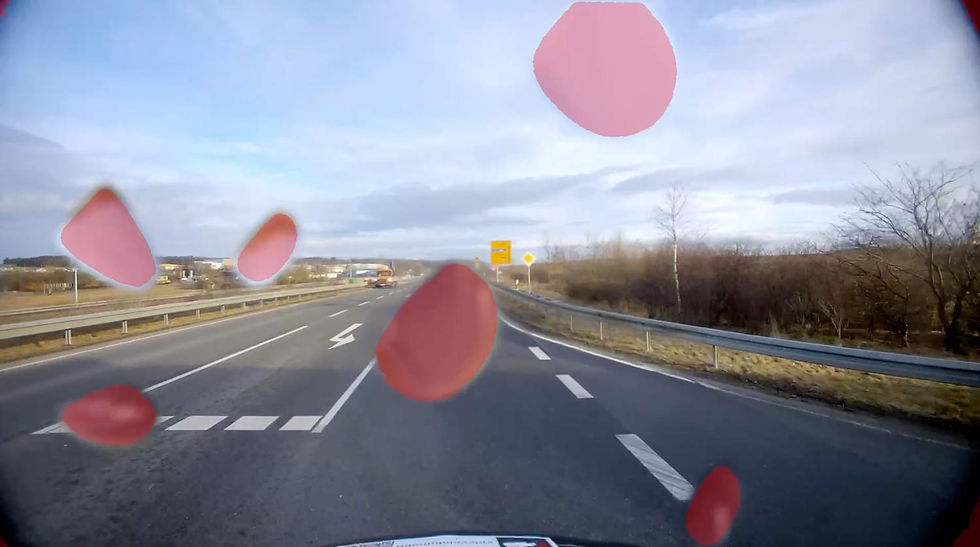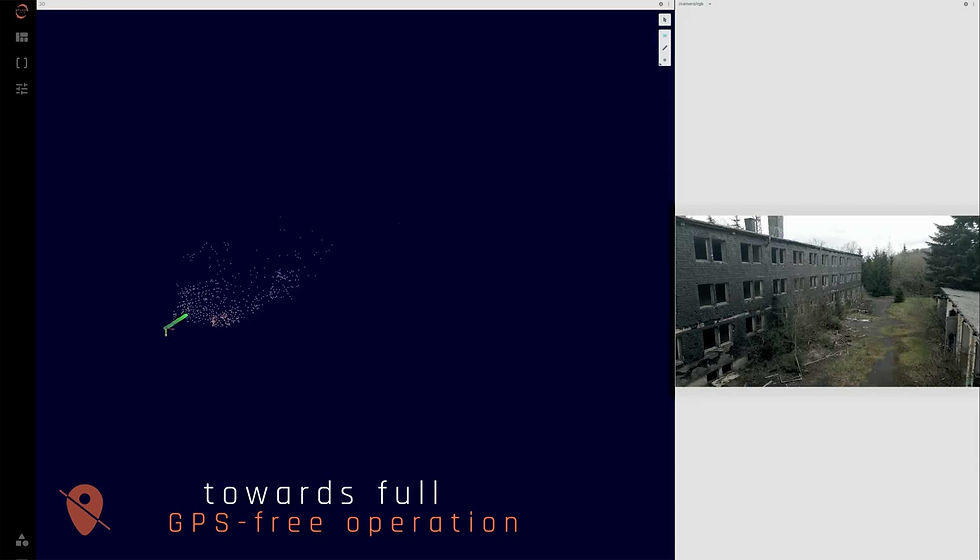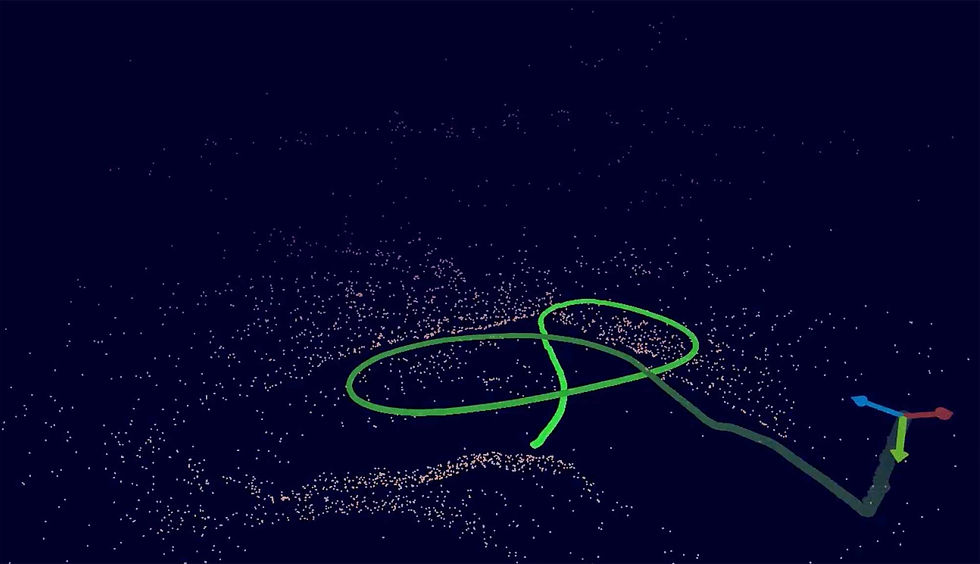our AI solution
Guiding Your Drones Home with Unrivaled Accuracy, Every Time.
VISIONAIRY® Navigation, a core component of the SPLEENLAB® Suite, provides your drone fleet with an advanced, AI-powered precision landing capability.
We enable your drones to autonomously identify their designated landing targets and execute flawless landings with centimeter-level accuracy, even in the most challenging GPS-denied or dynamic environments.
This transforms the final, critical phase of flight into a reliable, automated process.
Utilizes onboard cameras (RGB or thermal) and advanced AI models from VISIONAIRY® Object Detection to accurately identify and lock onto various landing targets (e.g., custom markers, ARUCO tags, painted aprons, specific ground features, or even the docking station itself).
Once the target is identified, the system switches to precise relative navigation, guiding the drone based on its position relative to the target, independent of global GPS accuracy.
Employs specialized algorithms to manage the final descent, approach path, and touchdown, ensuring a smooth and accurate landing profile. This is a key feature of VISIONAIRY® Navigation.
Integrates data from IMUs, altimeters, and VISIONAIRY® SLAM (for GPS-denied positioning) to provide a stable and robust state estimation throughout the landing sequence.
Learns and adapts to different landing scenarios, lighting conditions, and target appearances for enhanced reliability.
Related products

VISIONAIRY™
Visual Inertial Odometry

VISIONAIRY™
MAP BASED RELOCALIZATION

VISIONAIRY™
SLAM - EO | IR

VISIONAIRY™
SLAM - LIDAR
Enter the next level of safe navigation
ON BOARD
We support all chips, all sensors and all robots.
highest embedded performance
We support all chips, all sensors and all robots.
ON BOARD
We support all chips, all sensors and all robots.

Solutions for Drones
Precision Landing
The Last Meter Challenge – Turning Autonomous Flight into Autonomous Operations
Resources

Demo Video

Whitepaper

Blog post
When "Close Enough" Isn't Good Enough for Drones
Autonomous drone flight has advanced significantly, but the final phase – landing accurately and safely – remains a major hurdle for many operations. Standard GPS accuracy of several meters is insufficient for a multitude of critical applications where pinpoint precision is non-negotiable.
The Cost: Damaged Assets, Failed Missions, Inefficient Automation
Imprecise landings lead to significant operational and financial consequences:
Drone and Payload Damage
Hard landings or collisions with a landing pad/surroundings can damage expensive equipment.
Mission Failure
Inability to land at the designated spot can mean a failed delivery, unsuccessful data retrieval, or aborted inspection.
Inefficient Automation
For drone-in-a-box systems, failed docking attempts mean manual intervention, negating the benefits of automation.
Safety Risks
Errant landings can pose risks to personnel or property on the ground.

To unlock the full potential of autonomous drone operations, the industry requires landing solutions that deliver:
1
Centimeter-level accuracy, consistently and reliably.
2
Autonomy in detecting the landing target and executing the landing maneuver.
3
Robustness to environmental conditions (wind, light, GPS-denied).
4
Flexibility to land on various target types, including markers, aprons, or specific structures.
5
Safety through obstacle detection and controlled descent during the terminal phase.